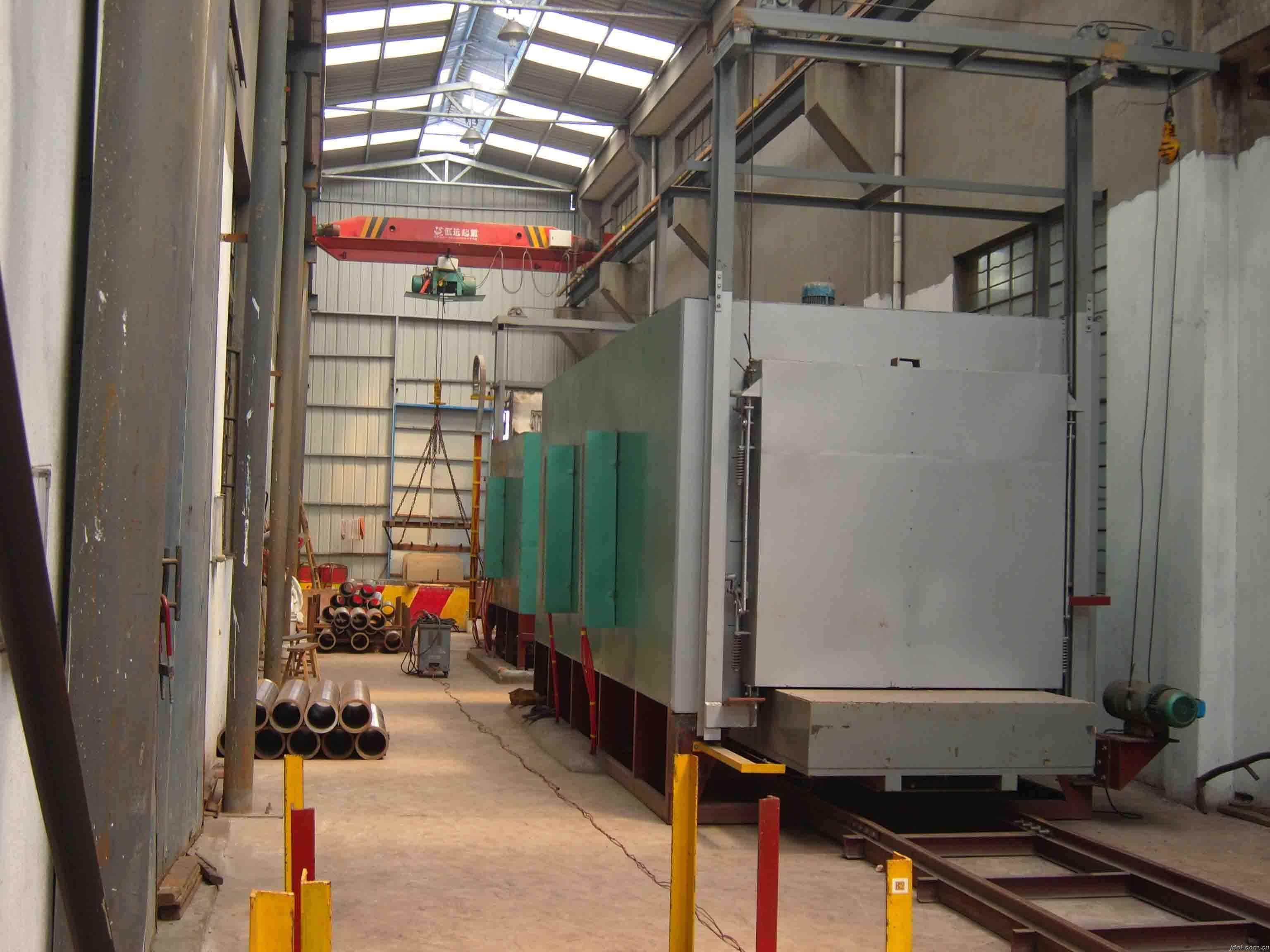Unlocking Efficiency: Understanding the Significance of a Tempering Furnace in Factory Management
In the realm of industrial processes, optimizing efficiency is paramount for sustainable growth. One integral component that plays a pivotal role in achieving this is the tempering furnace. In this article, we will delve into the essence of a tempering furnace, its significance in factory management, and how it addresses common pain points in the manufacturing industry.
What is a Tempering Furnace?
A tempering furnace is a specialized industrial oven designed to heat treat various materials, such as metals and glass, to enhance their mechanical properties. The process involves heating the material to a specific temperature and then cooling it in a controlled environment. This meticulous thermal treatment imparts durability, strength, and resilience to the material, making it suitable for a wide range of applications.
Significance in Factory Management:
1. Improved Material Strength and Durability:
- Tempering furnaces play a crucial role in enhancing the mechanical properties of materials. This results in improved strength, durability, and resistance to wear and tear.
- In factory settings, where the quality of manufactured products is of paramount importance, a tempering furnace ensures that materials meet or exceed industry standards.
2. Consistent Product Quality:
- The controlled heating and cooling processes of tempering furnaces contribute to uniform material properties. This consistency is vital in achieving standardized product quality.
- Factory managers can rely on the tempering furnace to produce materials with predictable and reliable characteristics, reducing the likelihood of defects and ensuring customer satisfaction.
3. Energy Efficiency:
- Modern tempering furnaces are equipped with advanced technologies that enhance energy efficiency. This not only reduces operational costs but also aligns with sustainable manufacturing practices.
- For factory managers, investing in energy-efficient equipment like tempering furnaces not only contributes to cost savings but also demonstrates a commitment to environmental responsibility.
4. Time Savings and Increased Throughput:
- The efficient heating and cooling cycles of tempering furnaces significantly reduce processing times. This leads to increased throughput and a more streamlined production workflow.
Factory managers can optimize production schedules, meet tight deadlines, and respond swiftly to market demands, ultimately contributing to enhanced overall operational efficiency.
Addressing Pain Points in Manufacturing:
1. Inconsistent Material Properties:
- A common challenge in manufacturing is the inconsistency in material properties. Tempering furnaces address this pain point by ensuring uniformity in the treated materials, mitigating the risk of product failures due to unpredictable material behavior.
2. High Operational Costs:
- With energy-efficient features, tempering furnaces help alleviate the burden of high operational costs. Factory managers can benefit from reduced energy consumption without compromising on the quality of the treated materials.
3. Production Bottlenecks:
- Timely and efficient tempering processes contribute to the elimination of production bottlenecks. This allows for a smoother and more agile manufacturing process, enabling factories to meet market demands with ease.
In conclusion, a tempering furnace is not just a piece of equipment; it's a strategic asset for factory management. By investing in this technology, factories can enhance material properties, ensure consistent product quality, and address key pain points in manufacturing. As industries evolve, integrating advanced tempering furnaces into factory processes becomes a vital step toward achieving sustainable growth and operational excellence.



